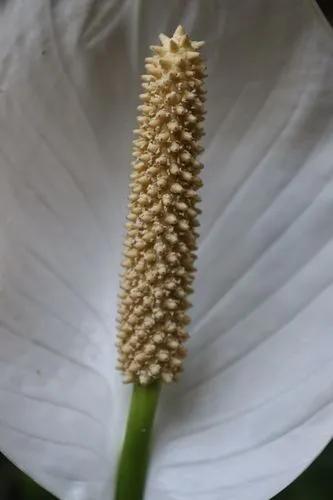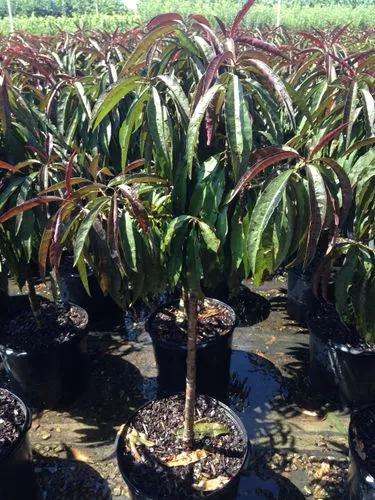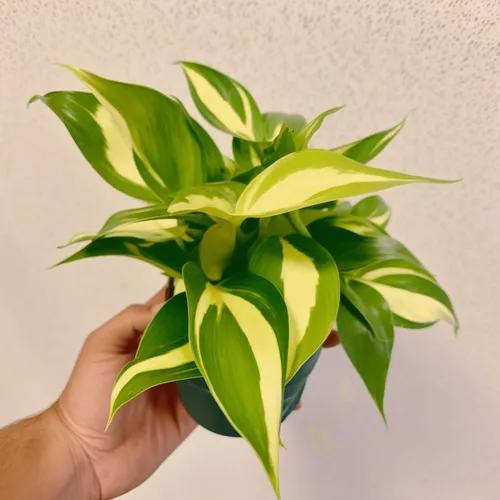This Instagram-friendly greenie is famous for its large and glossy leaves with a distinctive split. Monstera isn’t a fussy plant but needs some space to reach its full potential.
Swiss Cheese Plant Care
Monstera deliciosa



Monstera is a climbing native of South America. In the tropical rainforest, This green giant can reach towering heights thanks to aerial roots that anchor plants to trees, walls, and other surfaces. Monsteras like when you provide them with a moss pole for aerial roots to anchor the stem.
Monstera deliciosa has large leaves with characteristic holes that turn into splits when the plant matures. Indoors, Monstera can grow 1-2 feet (30-60cm) in height per year.
How to Care for the Plant

Water

Water the plant every 1-2 weeks. Let the soil get a bit dry on the surface before watering the plant again. If you’re not sure if your Monstera needs watering, stick your finger 2 inches (5 cm) deep. If it’s dry, it’s high time to give your plant a sip. Reduce watering during the winter. Monsteras will also appreciate misting, especially in the dry winter season.

Pruning

When vines and aerial roots start looking unattractive, cut them off just below the leaf node. Tucking aerial roots back into the pot is better for the plant’s health, though. You can also remove dead and damaged leaves when necessary.

Fertilizer

A balanced 20-20-20 liquid fertilizer every few weeks throughout the growing season will be just fine. Dilute ½ teaspoon of the fertilizer in a gallon (3.8 liters) of water, and pour it into the plant until the excess water starts coming out of the drainage holes. Dispose of the extra water.
Do not fertilize Monstera in winter, when the plant is dormant.

Sunlight

Bright and indirect sunlight is perfect for this plant. Excessive direct sun can damage the foliage.

Soil

Monstera prefers slightly moist but well-draining soil. Peat-based potting mix is ideal. Alternatively, you can combine half all-purpose potting mix with half succulent mix.

Propagation

It’s easy to propagate Monstera from stem cuttings. Choose a vine tip with several leaves and the beginning nubs of aerial roots. Take clean pruning shears, and cut the tip 4-5 inches long (10-12 cm) just below the leaf node.
Then, remove the lower leaves to expose several leaf nodes, take the vase or jar filled with water, and place the plant inside so the nodes remain submerged. Change the water every 3-5 days, and use filtered water or rainwater if possible.
Once you see several roots, remove the plant from the water, apply the rooting hormone to the cutting, and plant it in a potting mix.

Temperature

Warm room temperature of 64 – 81 °F (18 to 27 °C) is perfect for Monstera. The temperature should always remain above 40 °F (5°C). Avoid cold drafts and heating vents.

Container

Any container will work great, provided that it has drainage holes.

Fun fact

In fact, there are several species of Monstera that frequently get confused. If you’d like the one that would be a bit tinier, check Monstera adasonii.

Additional

The leaves of Swiss Cheese Plant are poisonous and can cause severe burning in the mouth if eaten.
They can also cause skin irritation, so I'd recommend wearing gloves when handling this plant.
Popularity

506,086 people already have this plant 36,415 people have added this plant to their wishlists

Common pests

Shield Most. Often we have to deal with ivy, which quickly settles on creeping branches, roots, and leaves. You need to wipe the Monstera leaves with a cotton swab or a clean cloth pre-soaked in soap solution to cure it.
Spider mite. This insect mainly lives on the underside of the monster's leaf blade. The harm from it is the appearance of a cobweb drying the leaf. Pale green spots on the leaves may also indicate the presence of a spider mite. To defeat the spider mite, use particular dopes. To prevent it, keep the humidity in the room high.

Frequent diseases

A common issue related to Monsteras is leaf burns. It results in brown spots on monstera leaves. In this case, you should remove the damaged leaves and find a more shaded place for the vines away from the window.
Another disease that can greatly affectthe Swiss cheese plant is yellow leaves meaning that the plant had caught a cold. Monstera does not tolerate cold drafts. Move it to a warm area and avoid placing the pot next to the air conditioner! If the monstera leaves have a chaotic yellowness, ultraviolet rays pour onto them for a long time. Provide a more comfortable illuminated place for the plant without direct exposure to ultraviolet radiation.

Botanist’s tips

Monstera loves humid air. The optimal indicator for it is 50-60%. Monstera adansonii care includes washing leaves to remove dust and give them shine. If you place a plant near radiators, the tips of the leaves will dry out, and tiny dark spots will appear. The best option is to use a humidifier. Otherwise, you will have to cover the batteries with a damp sheet (moisten it as soon as it dries, 2-3 times a day).
Discover more plants with the list below
Related articles






